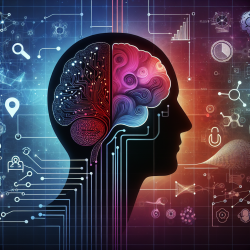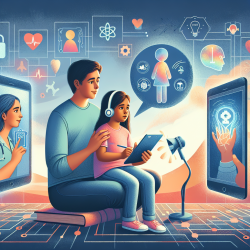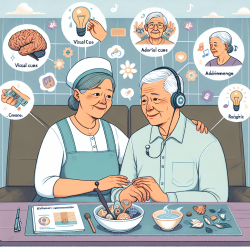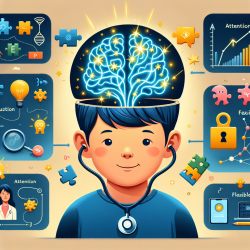Introduction
In the realm of speech-language pathology, understanding the nuances of cognitive impairments following a stroke is crucial for developing effective therapeutic interventions. A recent study titled "Generative lesion pattern decomposition of cognitive impairment after stroke" provides groundbreaking insights into how specific brain lesions impact cognitive functions. This research, integrating machine learning and Bayesian hierarchical modeling, offers a data-driven approach to predicting cognitive outcomes post-stroke, thus paving the way for more personalized therapy plans.
Key Findings from the Research
The study analyzed 1080 acute ischemic stroke patients to understand how lesions in different hemispheres affect cognitive functions. The findings revealed:
- Left Hemisphere: Predominantly affects language and memory functions. Damage to the hippocampal and occipital regions here significantly impacts naming and memory.
- Right Hemisphere: More involved in visuospatial functions. Lesions in this hemisphere are linked to deficits in visuospatial abilities.
- Global Cognitive Impairments: These were equally predicted by lesions in both hemispheres, with specific regions like the supramarginal and angular gyrus playing a critical role.
Implications for Practitioners
For practitioners in the field of speech-language pathology, these insights can be transformative. Here’s how you can leverage this research:
- Targeted Therapy: By understanding which hemisphere and regions are affected, therapy can be tailored to address specific cognitive deficits, enhancing recovery outcomes.
- Data-Driven Decisions: Utilizing machine learning models, practitioners can predict cognitive outcomes more accurately, allowing for better planning and resource allocation.
- Continuous Learning: Encourages practitioners to stay updated with the latest research and integrate new methodologies into their practice.
Encouraging Further Research
This study not only provides a foundation for current therapeutic practices but also opens avenues for further research. Exploring the integration of other cognitive markers and extending this model to other neurological conditions could enhance our understanding and treatment of cognitive impairments.
To read the original research paper, please follow this link: Generative lesion pattern decomposition of cognitive impairment after stroke.










